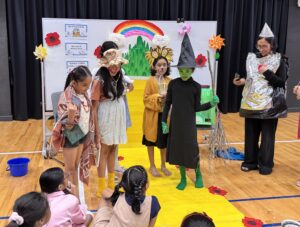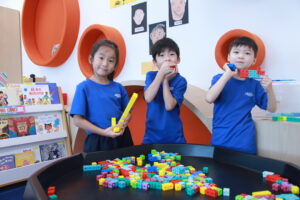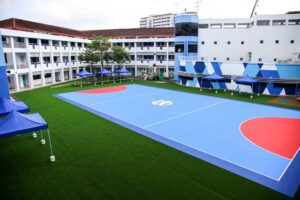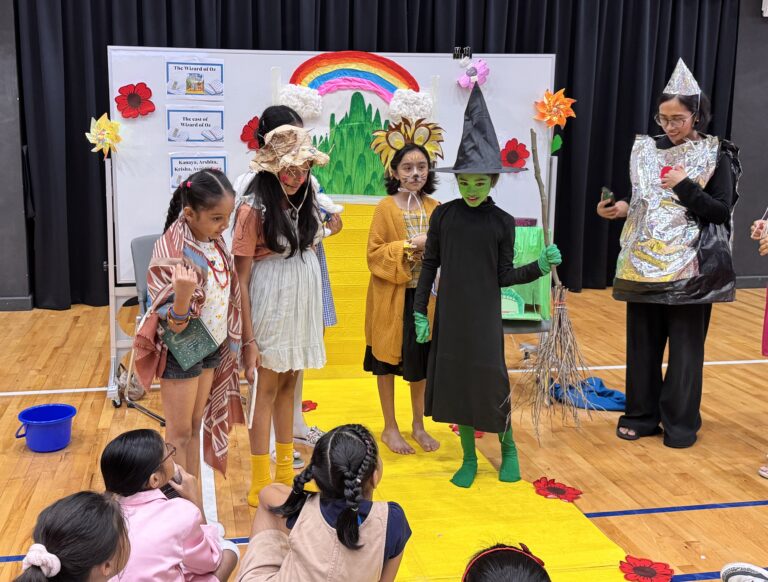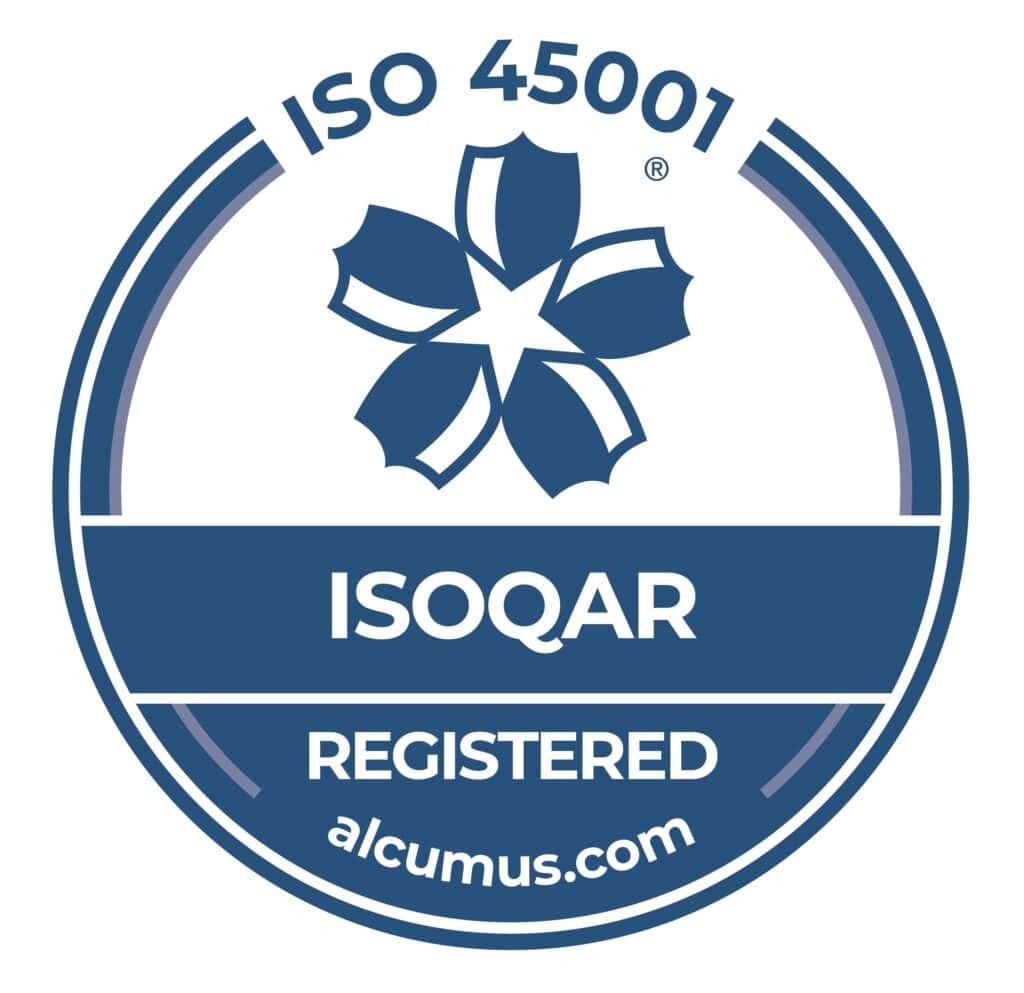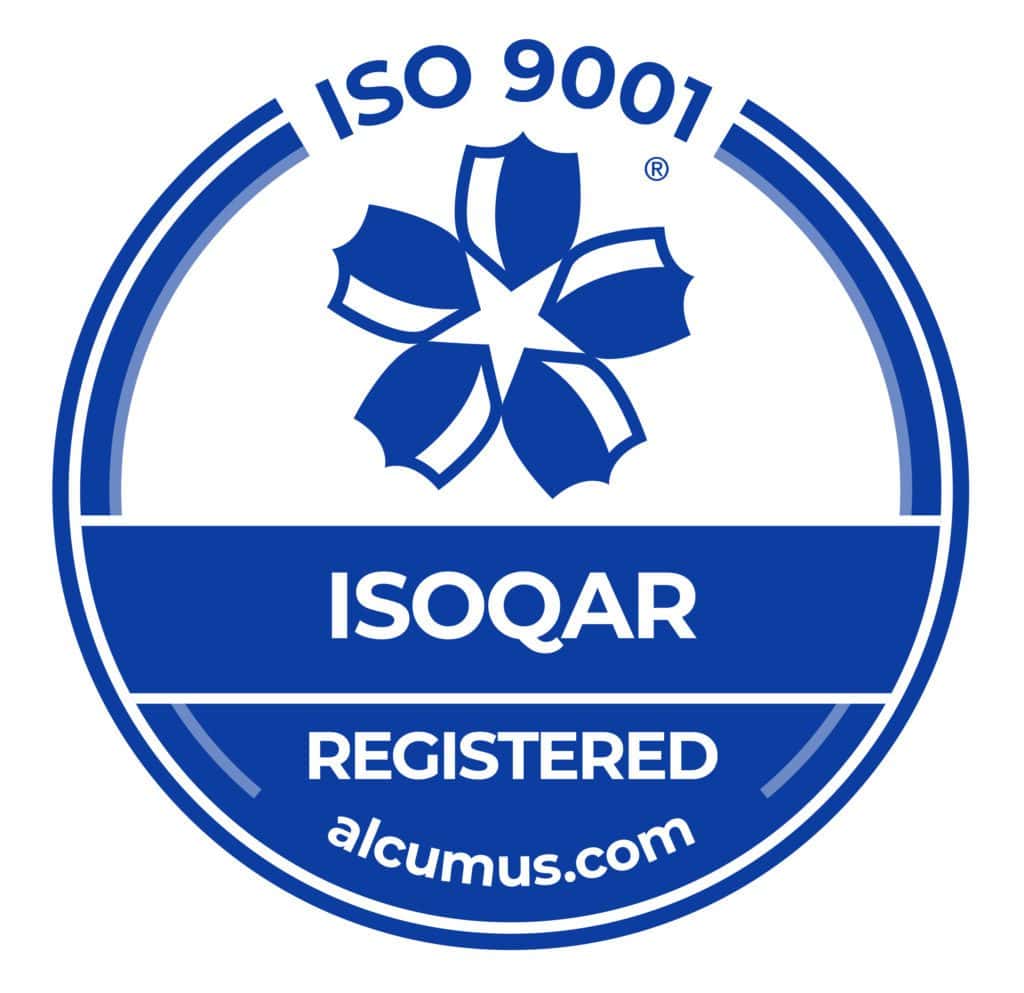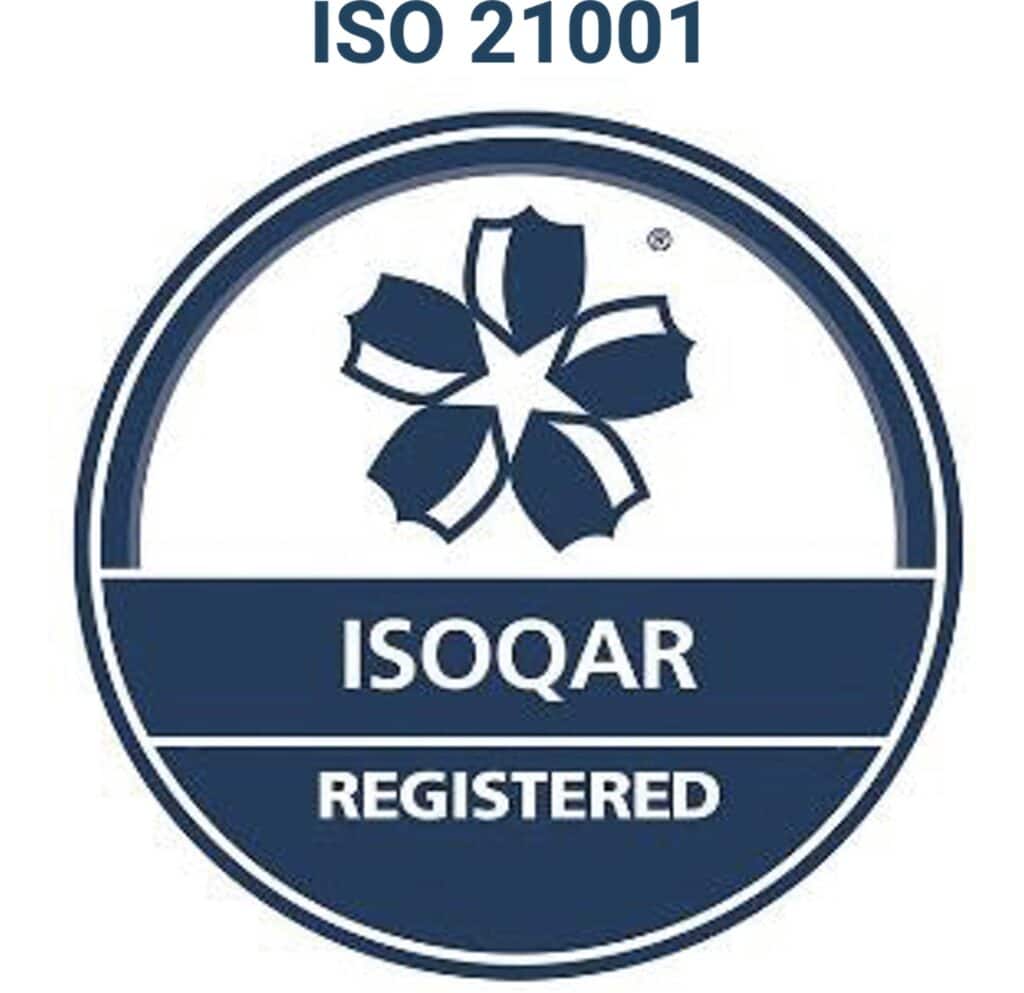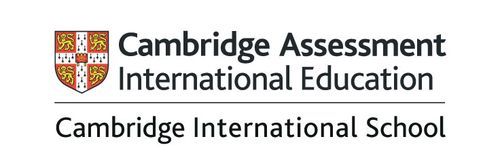Positive reinforcement is the act of rewarding good behaviour rather than punishing a poor choice. It’s been found to be beneficial for people of all ages, but it’s particularly powerful in the classroom setting. At OWIS, positive reinforcement is used at all levels and allows teachers to highlight the right choices that students are making rather than embarrassing them for making mistakes.
Understanding the Theory Behind Positive Reinforcement
The concept of positive reinforcement is grounded in B.F. Skinner’s operant conditioning theory, which asserts that behaviours followed by positive outcomes are likely to recur. In a classroom setting, this means when you acknowledge and reward a student’s good behaviour, it increases the likelihood of that behaviour being repeated.
This approach enhances the learning experience and promotes a positive classroom atmosphere, which is crucial for student development. Additionally, consistent positive reinforcement in educational strategies fosters an environment where students are motivated to strive for excellence.
How Does Positive Reinforcement Change Behaviours in the Classroom?
When applied promptly after the target action and consistently amongst all students, positive reinforcement in the classroom can enable them to consider changing their behaviours. Immediate and reliable rewards for positive actions let students clearly see the advantages of their good behaviour, linking these actions directly to good outcomes.
Students who feel acknowledged and rewarded for their good behaviour are more likely to adopt these actions into habits than those who don’t see a tangible benefit to changing. Therefore, teachers should be trained in various positive reinforcement techniques so that they can practise appropriate strategies that work best for the age and development level of their students.
Is It Possible to Change Behaviour Without Punishment?
Changing behaviour without resorting to punishment is not only possible but can potentially foster long-term positive outcomes. In educational settings, especially, punishment may work fast to stop behaviour but may not be effective over time. This is because the punishment they receive can sometimes lead to negative feelings and experiences, which may detract from learning rather than support it.
Instead, focusing on positive reinforcement can lead to a healthier, more encouraging classroom environment for behavioural change. Positive reinforcement strategies emphasise rewarding good behaviour instead of punishing bad actions. This method helps students associate positive actions with good outcomes, naturally encouraging them to repeat those actions. For instance, acknowledging a student’s timely homework submission or praising their proactive participation in class can reinforce these behaviours without needing to penalise their opposites.
By focusing on what is done right and rewarding those actions, educators can help instil intrinsic motivation and a strong sense of personal achievement in students.
Types of Positive Reinforcement
Positive reinforcement can be applied in a variety of ways in the classroom, each method tailored to encourage and support desired behaviours among students. Here are the five types of positive reinforcement techniques commonly used in educational environments:
Direct Reinforcement
Direct reinforcement involves immediately acknowledging and rewarding a desired behaviour. This could be verbal praise like saying “Great job on your presentation!” immediately after a student finishes speaking, or a simple thumbs up during class activities. This immediate feedback helps students understand exactly what behaviour was correct, reinforcing their likelihood to repeat it.
Social Reinforcers
Social reinforcers leverage the influence of peers and the broader school community to encourage positive behaviours. Examples include public acknowledgment during assemblies, praise from peers in group settings, or even positive notes sent home that involve parents in the reinforcing process. This type of reinforcement builds a supportive and inclusive classroom environment that motivates students to emulate positive behaviours.
Activity Reinforcers
Activity reinforcers allow students to engage in preferred activities as a reward for good behaviour. This might include extra time on a computer, leading a class game, or choosing a video for the class to watch. By linking enjoyable activities with positive behaviour, students are motivated to act appropriately to access more of what they enjoy.
Tangible Reinforcers
Tangible reinforcers involve giving physical items to students as rewards for positive behaviour. These can range from stickers to snacks. The tangible nature of these rewards can be particularly motivating for younger students, who are excited and encouraged by physical tokens of achievement.
Token Reinforcement
Token reinforcement systems involve earning tokens, points, or other symbolic items for displaying positive behaviours, which can later be exchanged for a reward. This could be a school currency used for purchasing privileges like front line passes at lunch or entry into a special event. Token systems teach students about saving and delayed gratification, as they work towards larger goals over time.
Positive Reinforcement at OWIS
At OWIS, positive reinforcement is used at every level of schooling, from the early childhood programme through secondary school. We believe that practising positive reinforcement in our teaching strategies helps promote a love for learning in students of all ages. That’s why we integrate positive reinforcement in a variety of ways at OWIS, which include:
- A rewards point system in which students earn points for positive academic achievements and are recognised for those achievements at school assemblies.
- A marble reward system in which students earn marbles for displaying positive behaviour traits at school.
- A commitment by all OWIS staff, to offering public praise and private criticism.
- We insist that our teachers utilise positive reinforcement strategies in the classroom, and we expect that students will benefit from these techniques.
Do you feel that your child has benefitted from positive reinforcement techniques either at home or in school? At OWIS, we would love to hear more about what works best for your child. To us, parent-teacher communication is important to ensure that our approaches and educational strategies meet the diverse needs of all students. Your feedback is invaluable in shaping a nurturing and effective learning environment that truly resonates with them.
We encourage you to engage with us through parent-teacher meetings or direct emails and let us know any suggestions or concerns you may have regarding your child’s learning experience.
(This blog was originally written in collaboration with Ms Rowan Grigoropoulos, former Primary School Teacher, OWIS Nanyang.)


